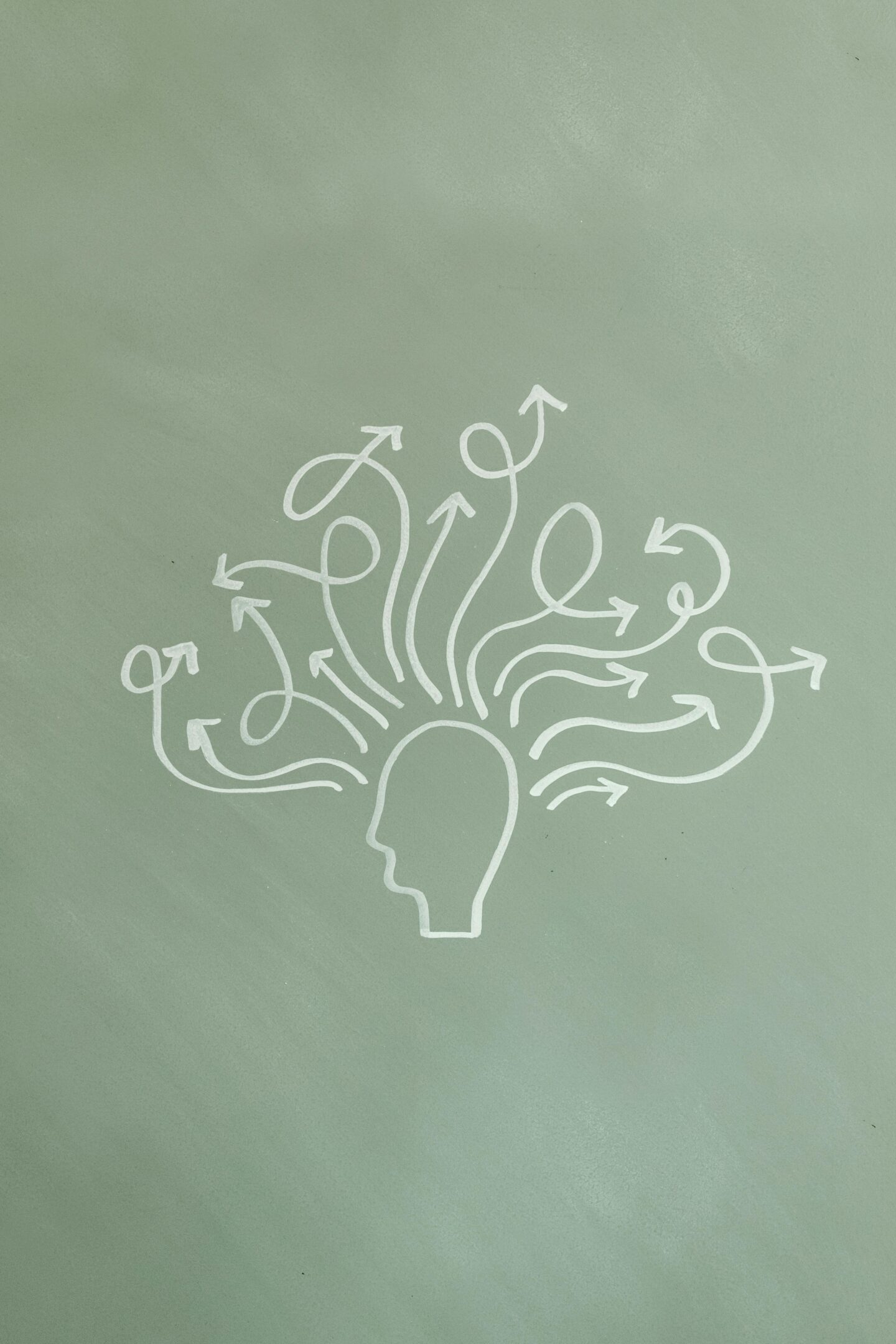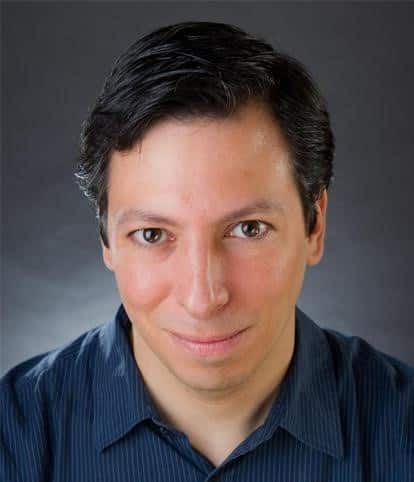
Prof Randy Bruno has co-authored a new study on the stability of cross-sensory input, published this week in the leading neuroscience journal, Neuron.
We recognize objects in the world by combining touch, sight, sound, smell, and taste. The cerebral cortex first processes our senses in ‘primary sensory areas’: the visual cortex for vision, the somatosensory cortex for our body sense, the auditory cortex for hearing, and so on.
In recent years, researchers began noticing that these primary sensory areas respond to senses other than their dedicated ones. As a consequence of this discovery, there has been much speculation that even primary sensory areas could build complicated representations of the world where they combine more than one sense. For example, objects have a sight, a sound, a feel, and so on, and as a human learns about that object, the primary sensory areas change how they represent their main sense.
Prof Bruno and his former graduate student Dr Dan Kato built a special microscope that allowed them to image the activity of many neurons in the brains of mice performing behaviours with multiple senses. They discovered that, while learning indeed changes the main sensory representation of a given primary area, it cannot change the representation of other senses. Their findings indicate that the cerebral cortex must use its secondary areas to generate even the most rudimentary object representations. You can read the full article here.
About Prof Bruno

Prof Bruno joined St Peter’s College as Tutorial Fellow in Neuroscience. He is Professor of Neuroscience in the Department of Physiology, Anatomy & Genetics, where he is head of the Bruno Group. The lab’s research focuses on how the cerebral cortex mediates the highest levels of cognition, from sensing our world, applying learned knowledge, and making decisions, to executing movements. The long-term goal of his research programme is to understand how this cognitive machinery is assembled from unique cortical cell types arranged in circuits with specific architectures. Many mental disorders are diseases of these cortical circuits. Evolution’s solutions to cognition are also adaptable to produce intelligent machines in research and medicine. He is working to uncover principles of cortical micro-circuitry and computation by exploiting electrophysiology, cellular imaging, cellular manipulation, and computational modelling—all in the context of behaviour. Prof Bruno’s research is supported by funding from the Wellcome Trust, the Academy of Medical Sciences Professorship program, NIH/NINDS, and the Kavli Institute for Brain Science.
College will be closed to the public over the Winter Vacation. Learn more here.